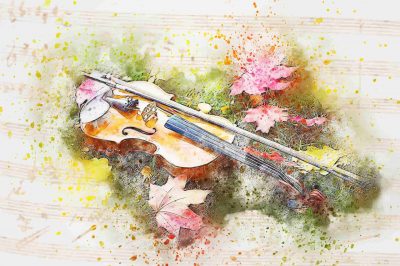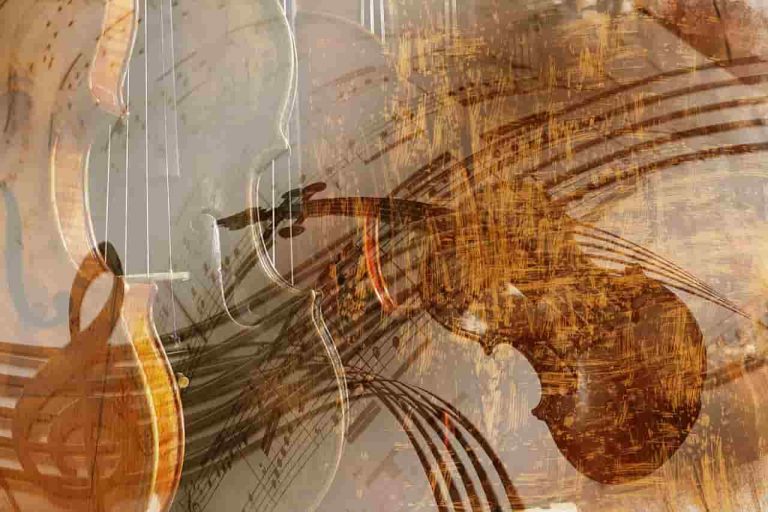Hold Violin Secrets: Tips on Staying Comfortable While Holding and Playing Your Violin
Learning anything in life, you need to get the fundamentals of the violin. One of those principles is the way you hold a violin when you’re learning how to play the violin. Holding it will provide you headaches and neck, arm and shoulder aches, and tiredness. Additionally, it will be more difficult to slide across the bow. You should never need to fight with your violin. The key is to understand how to hold the way to a violin and relax. Here are the steps –
The important thing is to create That your violin is the right size until you purchase it to fit you. Violins aren’t one size fits all.
- Keep straight to support your spine properly. To be able to support you it doesn’t matter if you sit or stand to practice, you need to keep your spine. Humping over will lead to muscles.
- Rest your left jawbone on the chin rest, not your chin. The luthier (violin specialist ) should have already fitted the right chin rest to your face so that it feels natural. Don’t be worried about clamping back your jaw on the instrument. The weight of your skull will apply loads of pressure. Your neck should feel not strained and relaxed.
- Now hold the violin perpendicular to the ground directly out in front and nestle it in that arch between your thumb and forefinger of your hand.
- Twist your hands slightly upward so your four fingers curl around the fingerboard.
- Bend your elbow obviously so it creates a triangle shape with the violin.
- Now, tilt down the horn and forwards only a touch to rest comfortably in your upper body.
1 thing when holding the violin would be to keep to learn Down your wrist, not shoving up it. You’ll have the propensity until you are secure in the way you hold a violin. Teaching you how to hold the violin means learning how not to hold it. This is true for left-handed pupils. Violins come in both right-handed and left. This relates to whether you hold the bow in your right or left hand, not the violin.
You Should cradle the violin, allowing movement. You will increase your wrist and your shoulder to hold it if you’re uncertain about dropping the tool. If you grip it that way, you will receive shoulder aches and wrist aches, jaw aches. It will limit your bow hand motion.
Rather than holding your violin, the term should Be to balance it. The quantity wills bend and your hand’s crook will rock the neck, allowing your fingers movement. Keep in mind the violin is shaped how it’s to be balanced into the violinist. When you hold a violin you’ll be confident and relaxed.
What about shoulder rests? Some instructors insist beginners who have to understand how to hold a violin use their collarbone to be protected by the shoulder break. So that it does not touch the violin this helps to trap the thumb. Several renown violinists say they never heard with using a single or a shoulder rest if as it thwarts the violin tonal playing for hours in concert sounds by around one third.
This is because the vibrations can be halted by the shoulder rest in the rear of the foundation of the violin. They claim the shoulder rest may harm the violin. But student level violins are of value that is less. Some instructors argue it’s similar to training wheels on a bike. You use them till you have your”violin equilibrium”. There are many kinds of shoulder rests, some stiff, some soft.
Trust the right thing to be decided by your teacher For you when it comes to learning how to hold a violin whether Or to not use a shoulder rest, and determining which size is best.





